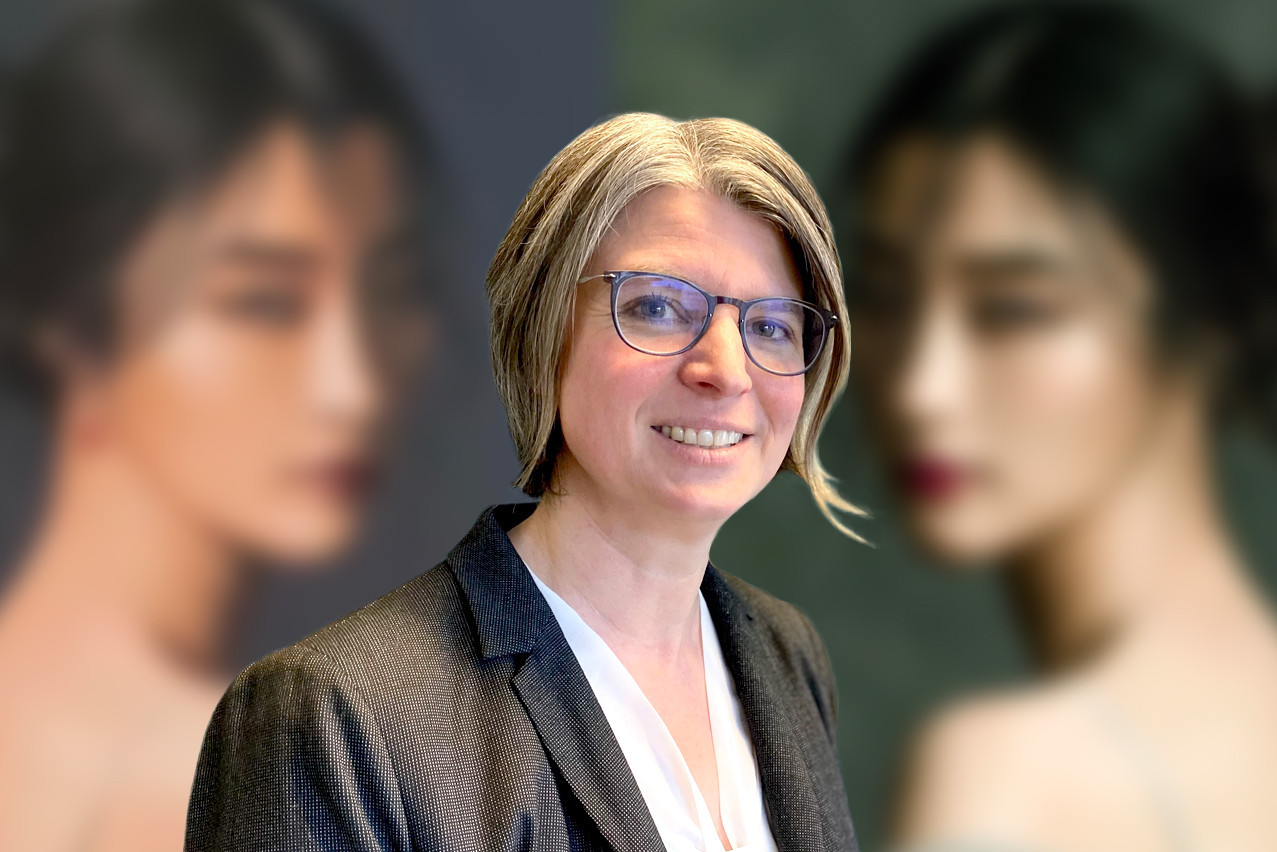It can be challenging to determine originality in art, according to , trademark and design attorney at Freylinger. Simon is not involved in the Zhang-Dieschburg case herself. “Lawyers will often reply: ‘it depends,’” she added, and that’s also the case here.
Simon was speaking after the US-based photographer . (Zhang’s lawyer has said she will appeal.)
Zhang’s original photograph is indeed protected by copyright, in Luxembourg, in the United States, almost everywhere, she explained. It has been created and it exists: therefore, it’s protected by copyright. That’s the first step.
But the second step is broader and leaves the floor open to personal views, said Simon. Once Zhang sued Dieschburg for copyright infringement, someone--the judge--had to look at the original photograph that had been created, then decide, ‘how far does this copyright protection go? Is there copyright protection under Luxembourg law?’
National differences
“Of course, we have European directives for copyright protection,” said Simon, but there are also national laws. She pointed out that that on social media, Zhang cites US case law. The consideration in the US would probably be different than the one taken by the court of first instance in Luxembourg, said the attorney.
But even within Europe, laws differ from country to country. In Swiss law, for example, it is “clearly written in the law, that [a] photograph that has been taken is protected by copyright, without the author being obliged to demonstrate that there is originality,” said Simon.
“This is not the case in Luxembourg. Here, it’s up to the judge, to the court, to determine if there’s originality in this photograph that has been taken. And this is what happened here.”
Burden of proof
According to the judgement, to benefit from protection under Luxembourg law (“loi du 18 avril 2001 sur les droits d’auteur”), a creation must meet two conditions: it must be a work that presents a concrete expression, making it different from an abstract idea; and it must present a sufficient degree of originality by the author.
Only once the two conditions are met would an artist have the right to a series of exclusive rights, namely “moral rights”--such as the right to disclosure or the right to object to distortion--and “patrimonial rights”--including the right to reproduce a work or the right to communicate to the public.
The court therefore had to determine if these two conditions were met. In this case, the first condition was met: the photograph was indeed produced.
However, regarding the second condition, the court concluded that there was not sufficient originality in the work. In this particular judgement, the judge was not only looking at the picture itself, Simon added. There was also the “burden of proof” for Zhang to show that there was originality, and that the “intellectual effort” that was put into creating the photograph really belonged to her. And for the court, Zhang did not prove that all the “intellectual effort” came from her.
The position of the model was also called into question. Other artworks featuring a model in the same position were showed to the court, and the court concluded that the model’s pose in Zhang’s photograph was not “original.”
Simon commented, “I’m of the opinion that the burden of proof was particularly high for Ms Zhang, in this particular case.” She again highlighted the differences in national laws. According to the attorney, in France, for instance, “it would be much easier to prove this originality.”
Moreover, Simon added that the decision was taken by a court of first instance in Luxembourg, and that there would almost certainly be an appeal.
Aren’t artists often inspired by others? Often, art students will copy paintings by Old Masters. How is this different?
“Copyrights here are protected during the author’s life, until 70 years after his death,” explained Simon. Therefore, the works of Old Masters are no longer protected by copyright--they belong to the public domain--and anybody can copy them.
Zhang, however, is still alive, and she has the copyright for her works. One would have to obtain permission from her to use her artworks. She could grant a license or the right to reproduce her work, for example. “It’s up to her, because she is the holder of the copyrights of her own creation,” said Simon.
But in these copyright cases, it’s less objective than in cases of technical or industrial property rights, Simon pointed out. So even though Zhang’s copyright exists, she could not claim damages from Dieschburg, because, according to the court, the work was not original enough and the copyright not “sufficiently strong” to grant those exclusive rights.
Will this create a precedent?
“Of course, every decision may or may not create precedent,” said Simon, but keep in mind that this is a decision from a court of first instance. For the attorney, it would be “premature” to discuss the scope of copyright protection in Luxembourg at the moment. But she added that she hoped the decision would not invite third parties to copy existing photographs from artists.
